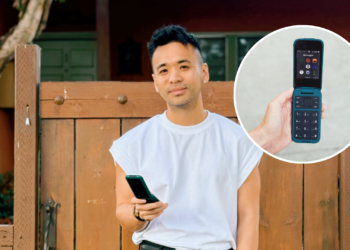During the height of the pandemic, May Lee-Yang watched in horror as her community members began to die.
In Hmong American neighborhoods like hers, families that lived several generations to a home were the first to lose loved ones. Then, all at once, things accelerated, and tragedy crept closer to home. Her best friend came close to death. She watched from a painful distance as her first family member became ill and died.
Lee-Yang, 44, knew, as did her loved ones, that Covid was ravaging Hmong lives in a way that was starkly different from other groups in her home state of Minnesota.
But the official numbers being released told a very different story. The Minnesota Department of Health, like most other governmental bodies in the country, reported deaths of Hmong people, an ethnic minority group of Southeast Asia, as broadly “Asian American.” And when looked at as a whole, Asian Americans in Minnesota were dying at a rate of 4%. That didn’t seem right to Lee-Yang.
A year later, an independent study revealed Hmongs comprised nearly 50% of all Asian deaths, though they only comprised around 30% of the Asian populace. Had they known that fact earlier, experts say in-language information and personal protective equipment resources could have been allocated from the get-go — Hmong lives could have been saved.
“Many of our communities were overlooked,” Lee-Yang told NBC News. “How things function in this world, you need numbers to prove anything.”
In an era defined by pandemic, violence and growing inequality, the stark differences between Asian American communities have never been more clear. “Asian American” represents dozens of ethnic groups, nationalities, languages and religions; the community’s wealth gap is now the largest in the country. Community leaders agree: Aggregate data isn’t working in everyone’s favor anymore.
Though a common identity has helped build political coalition and power over time, the term “Asian American”…
Read the full article here





